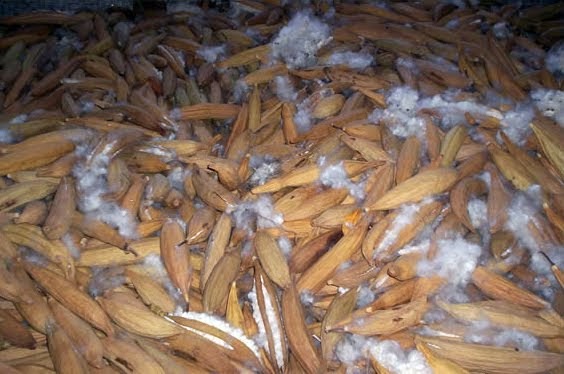Kapok Fiber: A Hidden Gem in Sustainable Materials
In an era marked by environmental challenges and a growing demand for sustainable products, kapok fiber is emerging as a hidden gem. Harvested from the kapok tree (Ceiba pentandra), this lightweight and versatile fiber offers numerous benefits that make it an exciting option for eco-conscious consumers and manufacturers alike.

Discovering Kapok: Nature’s Gift
Kapok trees, towering giants of the rainforest, produce large, fluffy seed pods filled with the fine, silky fiber that we call kapok. Traditionally used in local communities for pillows and insulation, this natural resource has recently gained attention in the global market as a sustainable alternative to synthetic materials.
The Allure of Kapok Fiber
- Eco-Friendly Production: Kapok trees are low-maintenance and thrive without chemical fertilizers or pesticides, making them an environmentally friendly choice. They contribute to forest ecosystems and require far less water than conventional crops.
- Lightweight and Buoyant: One of the most remarkable features of kapok fiber is its lightness and buoyancy. It is often used in life jackets and flotation devices, showcasing its unique properties that can be harnessed in various applications.
- Natural Insulation: Kapok fiber excels at retaining warmth while remaining lightweight. This makes it ideal for insulation in clothing, bedding, and outdoor gear, ensuring comfort in diverse weather conditions.
- Biodegradable and Non-Toxic: In contrast to synthetic fibers, kapok is completely biodegradable, breaking down naturally without leaving harmful residues. This quality is increasingly vital as the world grapples with plastic pollution.
Versatile Applications
- Fashion Revolution: Designers are beginning to recognize the potential of kapok in sustainable fashion. From jackets to accessories, kapok-infused products offer an eco-friendly alternative that doesn’t compromise on style.
- Home Comforts: In the realm of home goods, kapok is being used in pillows, mattresses, and cushions. With its natural softness and hypoallergenic properties, it provides a comfortable and safe sleeping environment.
- Eco-Conscious Packaging: As businesses strive to reduce their carbon footprint, kapok fiber is being explored for packaging solutions. Its lightweight nature makes it an attractive option for sustainable packaging that protects products without the environmental impact of plastics.
Navigating Challenges
Despite its many advantages, the path to widespread adoption of kapok fiber is not without hurdles. Limited awareness and accessibility can impede growth. Education and promotion of kapok’s benefits are crucial to unlocking its full potential in various markets.
Looking Ahead: The Future of Kapok
As consumer interest in sustainable products continues to rise, kapok fiber stands poised to become a key player in the eco-friendly materials landscape. By embracing this natural resource, manufacturers and consumers alike can contribute to a healthier planet.
In summary, kapok fiber represents more than just an alternative material; it symbolizes a shift towards sustainable innovation. Its journey from tree to product reflects the potential of nature to inspire and address pressing environmental issues. As we continue to explore the possibilities of kapok, we pave the way for a greener, more sustainable future.

